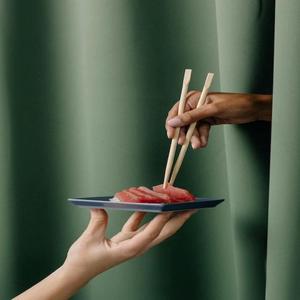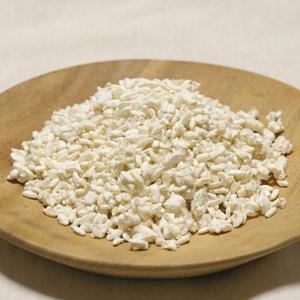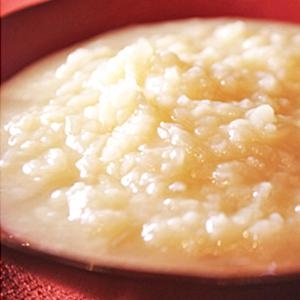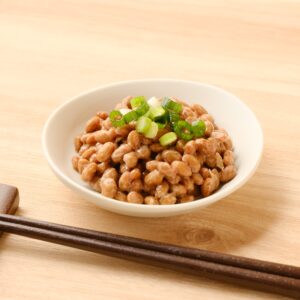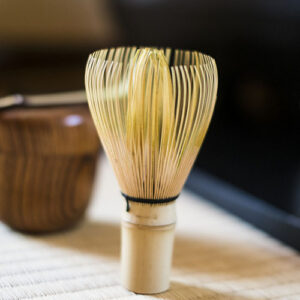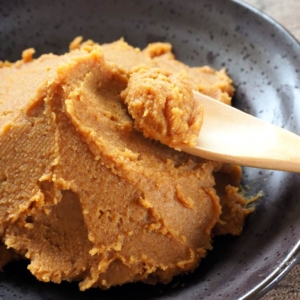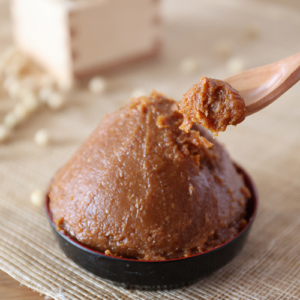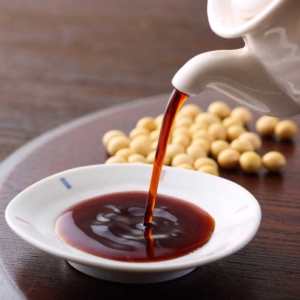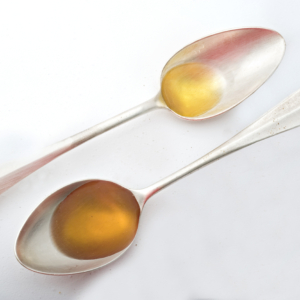2021 marks a new beginning that prompts us to make better and healthier life choices, starting from our selection of ingredients until the moment it’s plated. A Japanese meal differs from the multiple courses that are traditionally found in Western and European cuisine.
Japan is widely known for having the highest life expectancy and many regards it for the healthy diet Japanese people have. A study published in 2016 credited the Japanese eating habits and diet as the single most contributing factor towards long-life in Japan. Furthermore, the National Centre for Global Health and Medicine in Tokyo found that those who follow through the food and dietary guidelines published by the Japanese government led healthier lives.
Unlike popular belief, Japanese people do not consume sushi and ramen daily. So what exactly does the Japanese diet constitute and how can we mirror that? Let’s explore the meals Japanese people consume daily!
Japanese meals
1.Teishoku(set meal)
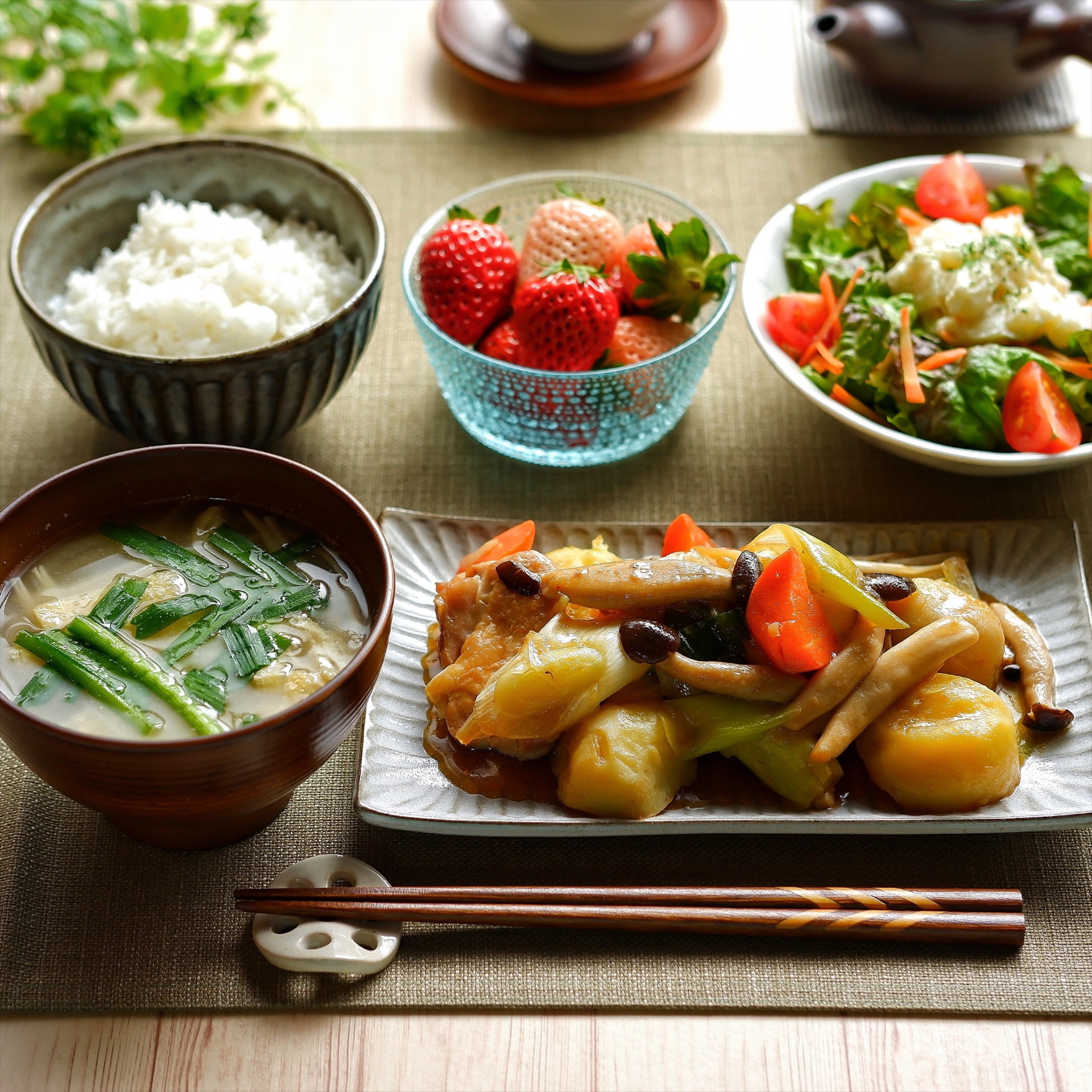
Every Japanese meal includes rice. As mentioned in our Brown Rice article, Japanese people enjoy having rice with other accompaniment.
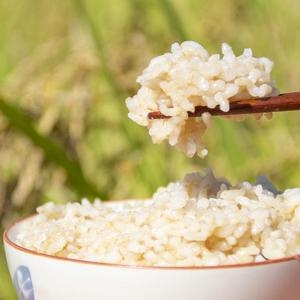
Teishoku in general is a meal set. It provides a combination of a main entrée, rice, miso soup and a smaller additional dish such as tsukemono (pickled food), etc. This way of having a meal is considered healthy and balanced, making it one of the most sought-after meal options there is today. Teishoku is recognized as an Intangible Cultural Property of Japan by UNESCO.
The origin of Teishoku culture is rather an interesting one. ‘Ichiju-Issai’– which translates to a bowl of soup and one dish- or ‘Ichiju sansai’ (rice with soup along with three other dishes, a main dish and 2 side dishes) are said to be established during the Muromachi period (1336-1573) for the upper class. This is the foundation of Japanese meals today.
While many Japanese restaurants in America and Europe feature smaller plates as appetizers separate from the second and subsequent courses, a typical Japanese meal gathers all of these courses into one, popularly referred to in Japanese as “gohan,” meaning meal or cooked rice.
2. What do Japanese people eat at home

A typical Japanese dinner at home involves a single course with several dishes presented all at once, unlike the western style of appetizer, salad, main course, and dessert delivered separately.
Next, every Japanese meal includes soup which is almost always served hot. One common type of soup that Japanese households reach for is miso soup, which is made from fermented beans and typically mixed with dashi soup stock. It is customizable to each liking and perfect for those frigid winter months!
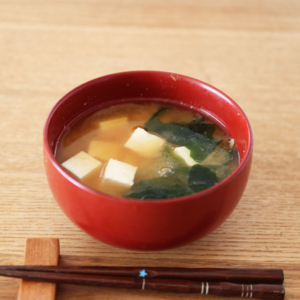
Spoilt for choices and don’t know where to start? Kawashima-ya has selected the Top 5 Japanese condiments you should try, today!
Read on to uncover our beginner’s guide to choosing Japanese condiments for your kitchen needs, and our personal recommendations so you can avoid poor quality Japanese condiments.
Basic Japanese Seasonings
Mirin
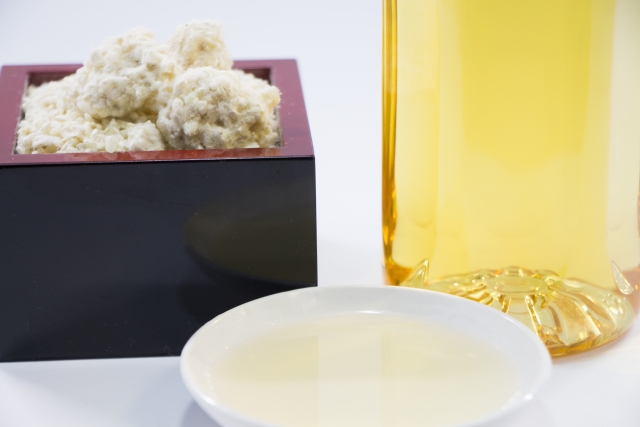
Mirin is sweet rice wine widely used for Japanese cooking. The syrupy liquid is not only used as a seasoning, but also for combining sauces, marinating and for dipping. For instance, it’s popular to amp up the flavors of teriyaki sauces and sukiyaki sauces, as well as dipping sauce for soba noodles and tempura. Thus, many recipes call for it.
The alcohol content makes it wonderful for glazes and sauces, while the sugar also allows splendid caramelizing for steaks, vegetables, and other items. This complements any dishes well with a hint of sweetness (by glucose and sucrose contents) and will not overpower the flavors involved.
To get you started, there are multiple types of mirin. Chow down some impressive homemade meals with our recommended mirin product- Hon mirin whose exceptional quality reaches great heights.

Soy sauce
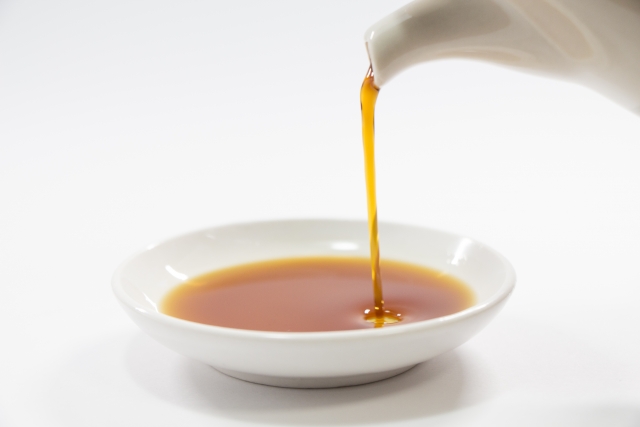
Soy sauce is native to Japan, with slight differences from the Chinese counterparts. The traditional brewing process of soy sauce in Japan combined by soybeans and wheat produces the perfect umami balance and flavors. A sweet sensation is believed to derive from the wheat ingredients.
Fermentation and maturation are the second nature for soy sauce, which relies on koji- a type of fermenting agent.
And have we mentioned that soy sauce sauces are very diverse and all-purpose? It goes well with soft tofu or stewed foods, for making shoyu ramen, dipping sauce for sashimis and more!
We suggest trying out various types of soy sauce to find the most suitable one for your cooking.
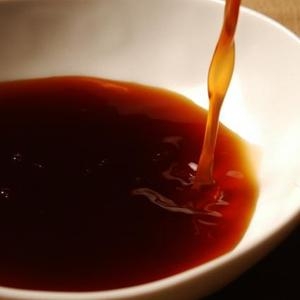
Dashi
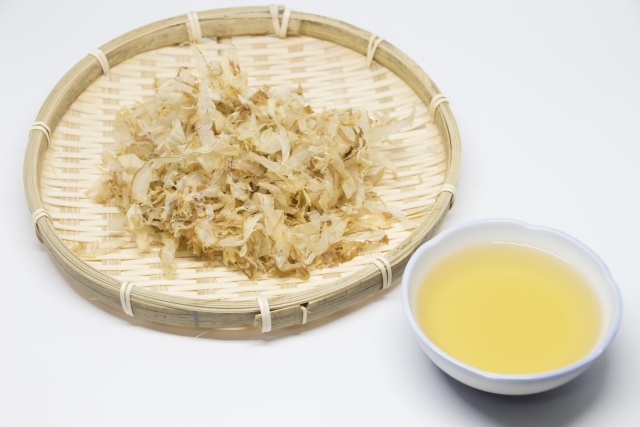
The base ingredient for Japanese cuisine is represented none other by dashi- a type of soup stock that helps elevate savoury and umami flavors. This is equivalent to the bouillon broth in Western cuisine or gao tang stock in Chinese cooking.
In and after the Edo period, dashi became the foundation or backbone of Japanese food culture. These days, dashigarnered tremendous attention due to worldwide recognition of Japanese dishes as inscribed on UNESCO’s Representative List of the Intangible Cultural Heritage of Humanity.
Source:
UNESCO’s Representative List of the Intangible Cultural Heritage of Humanity
Dashi is used for tempura (deep fried Japanese dish), miso soup, ramen and more. Soup stocks are commonly made from certain fish (e.g., dried bonito flakes, boiled and dried Japanese anchovy, and flying fish), algae (e.g., dried kelp), and fungi (e.g., dried mushroom).
A great way to create Japanese sauces is to combine condiments such as miso, soy sauce and dashi for one-of-a-kind soba and tempura sauces.
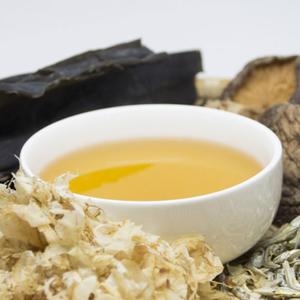
Yuzukosho
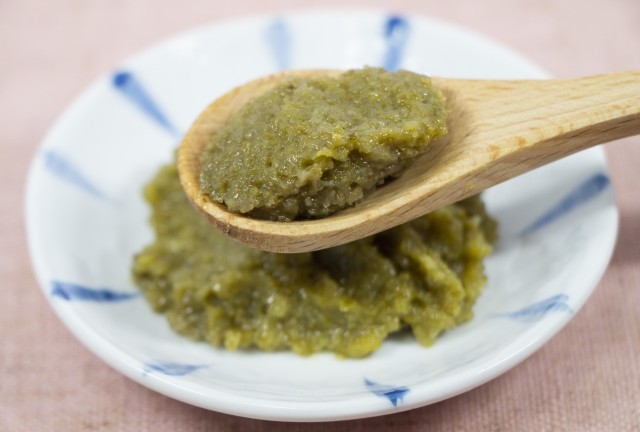
It’s about time to level up and replace the basic salt and pepper seasoning with Yuzukosho.
Introducing Yuzukosho, a specialty of the Kyushu region of Japan known for its citrusy kick from yuzu infused together with fresh chilies and salt. Kosho refers to pepper, as this uses chopped chilli peppers. Depending on the type of chilies used, Yuzukosho is represented by green and red variants, each put together with yellow ripe yuzu as the main ingredient and later fermented with salt.
This combination is sure to add a tangy and flavoursome piquancy unlike any other. Complement any dish with Yuzukosho, ranging from Japanese yakitori (grilled meat on skewer), sushi, sashimi, aioli, salads and even for those zesty desserts. It goes about with anything! Look forward to a unique sensation for your tongue.
What’s great is that you can easily recreate this classic Japanese condiment at the comfort of your home. Follow our guide here to see how it’s done!
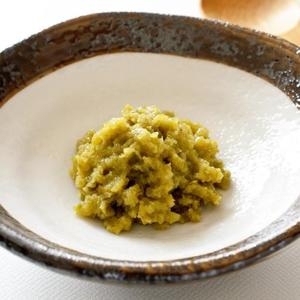
Vinegar
Types of Vinegar
1. Rice Vinegar
Essential to any Japanese kitchen is rice vinegar. Rice vinegar is also referred to as rice wine vinegar. It is fermented from rice wine (sake) to acetic acid.
The cultivation of rice spur the use of traditional vinegar. It first garnered interests in the Edo period (1603-1868), along with miso and soy sauce. Today, the use of rice vinegar took over the traditional Edo-style method of using red vinegar and salt for making sushi.
Just as the name suggests, rice vinegar derives from rice, and is often used for sushi (vinegared rice with raw fish), seafood, salad dressings, pickled side dishes, as an ingredient to replace added salt for extra flavour, and more. It differs from western vinegar where in itself is sweeter, milder and less acidic.
An article by Koizumi Takeo quoted the health benefits of rice vinegar as one that restores fatigue, has anti-aging effects, promotes the decomposition of body fat; prevents hypertension, diabetes, obesity and more.
Source:
(only available in Mandarin)
For those wary of additional calories or fat, rice vinegar contains none of those and therefore, rice vinegar adds a lot of flavor without any guilt.
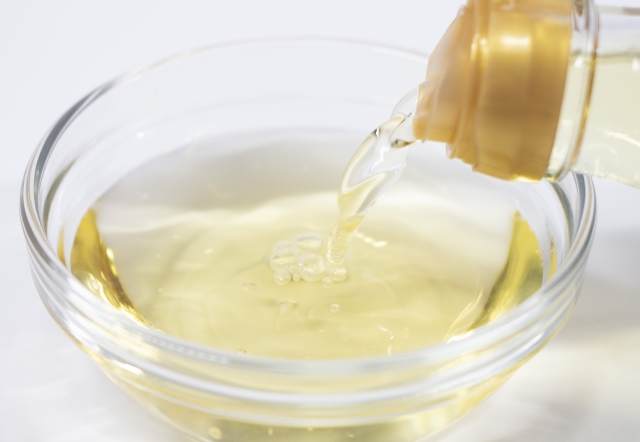
2. Grain Vinegar
Grain vinegar is also known as cereal vinegar. Unlike malt vinegar, grain vinegar is made from grains such as rice, wheat, sake lees, corn, etc. It is also a kind of brewed vinegar with a refreshing sour taste and vivid fragrance, and therefore not as mild as rice vinegar.
In Japan, the first detailed record of cooking with vinegar is found in the 16th volume of “Manyo Collection” (the second half of the 7th century to the second half of the 8th century). Salt, wine, soy sauce, and vinegar have been the most important seasonings since ancient times.
Vinegar does a great job in enhancing salty flavor to any cooking, so there is no need to overdo the salt anymore. Besides, grain vinegar will penetrate into ingredients and create multiple layers of flavor, while eliminating any pungent odors from selected food.
Grain vinegar is not only used for cooking, but also acts as an additional nutritional ingredient for drinks. With the functional characteristics of grain vinegar, the consumption has increased like never before. Why not try it for yourself today?
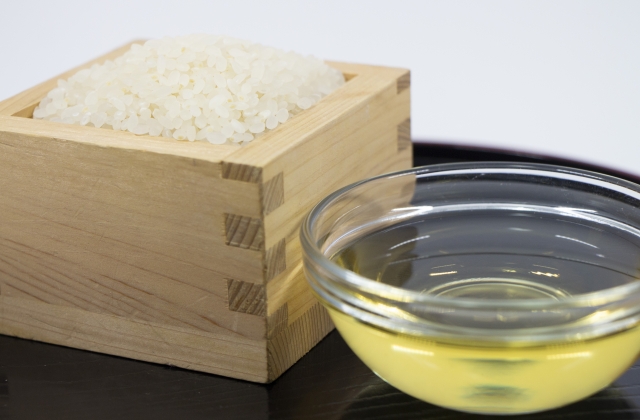
Recipes
Let’s try our hands on cooking simple, tasty and healthy meals with basic japanese seasonings!
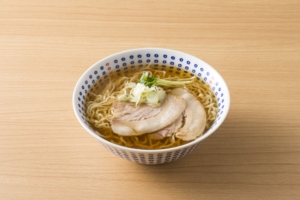
Shoyu Ramen
Ingredients
Toppings (Optional)
- 4 pieces Chashu
- Soft Boiled Egg
- Green scallion for garnish
Instructions
For Dashi
- Add water and kombu to a pot. Allow it to soak for about 30 minutes before heating.
- Turn the heat on medium and let it boil slowly. Remove from heat just as the water begins to boil.
- Add the bonito flakes. Allow the water to simmer for another minute.
- Remove the dashi from the heat and wait for the bonito flakes to sink to the bottom of the pot.
- Finally, strain the dashi.
For Soup
- Heat up the sesame oil in a large pot and sauté minced garlic and ginger until fragrant.
- Add the chilli bean sauce and mix well.
- Next add in the dashi soup and let it simmer for several minutes over medium low heat.
- Season the soup with salt, and then strain the soup, set aside.
- Prepare the ramen noodles according to packet instructions.
- Place the noodles in a bowl and add your toppings before ladling over with the soup. Serve immediately.
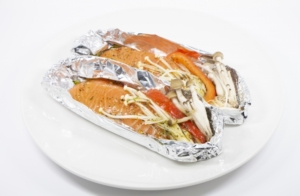
Glazed Salmon with Mirin, Yuzukosho and Vinegar
Ingredients
- 2 pieces Centre-cut salmon fillet, deboned
- 1/2 tbsp Grain Vinegar
- 3 cloves Finely Grated Garlic
- 1 tbsp Yuzu Kosho
- 1/4 cup Soy Sauce
- 1/3 cup Mirin
- Butter to taste
Instructions
- Combine grain vinegar, soy sauce and mirin. Set aside.
- Add butter and garlic into a pan on medium-high heat and simmer for a minute.
- Spread the Yuzu Kosho on salmon and sear for 3 minutes on both sides.
- Pour (1) onto salmon and roast in the oven for 10 minutes or until salmon flakes with a fork.
- Serve with your choice of vegetables, rice or salad. Enjoy!
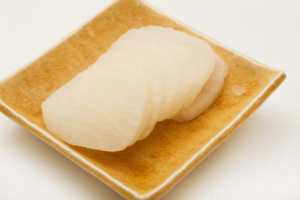
Japanese Pickled Daikon (Radish)
Equipment
- Ziplog bag (Optional)
- Container
Ingredients
Daikon
- 250 grams Daikon (Radish)
Instructions
- Wash and cut Daikon into 1/2 or 1/4 slices. Rub with 1/2 tsp. salt and leave for 20 min. Rinse and drain well.
- In a saucepan, pour the pickled ingredients and boil it for several minutes. (This is to ensure the alcohol that contained in the Mirin will be evaporated.)
- Combine all the ingredients in a Ziploc bag or container, and keep in the fridge overnight or a few days if you want a better taste.
Japanese Seasonings FAQ
- How do I know that Mirin that has alcohol content is safe for my family?
- Mirin seasoning is a type of sweet sake. It contains more sugar and a lower alcohol content about 14%. Mirin does not count as an alcohol beverage. Alternatively, check out how to remove alcohol content for mirin, in the ‘How to Use Mirin’ section.
- How is Mirin different from sugar?
- The subtlety and alcohol content of Mirin adds a natural sweetness to the dish, unlike sugar that gives off a firm sweetness.
- What kind of soy sauce do you recommend for versatile cooking?
- It depends what your personal preferences are and what dish you’re intending to make. However, avoid chemically brewed soy sauce which may give off an artificial flavor. Stick to natural-brew soy sauce made from soybeans, wheat, salt, and water.
- What does dashi taste like?
- Dashi is a type of ‘stock’ made with kombu (a type of kelp or dried seaweed which contains glutamate), bonito and water. These combinations produce the umami flavor. If you prefer a less fishy aroma, try making dashi with kombu and dried shiitake mushrooms instead.
- What can I use Yuzu Kosho for?
- We recommend yuzu kosho as a glaze, dressing, or added to a broth. More Ideas.
- Is rice vinegar or grain vinegar healthy?
- Yes, vinegars generally give off great nutritional benefits. However, please consume in moderation. Read more about the benefits here.
- How to store Japanese seasonings properly?
-
● Preservation methods:
Mirin: Refrigerate after opening.
Hon Mirin: Store in a dark place (before and after opening).Soy sauce: Refrigerate after opening.
Yuzukosho: Keep away from direct sunlight and store at room temperature. After opening, keep Yuzukosho in the refrigerator.
Rice Vinegar: Avoid places with high temperature and direct sunlight. Refrigerate after opening.
Grain Vinegar: Store at room temperature away from direct sunlight. Refrigerate after opening.
Recommended Products
Be sure to check out our recommended products below for a complete guide to Japanese cooking! Itadakimasu.

